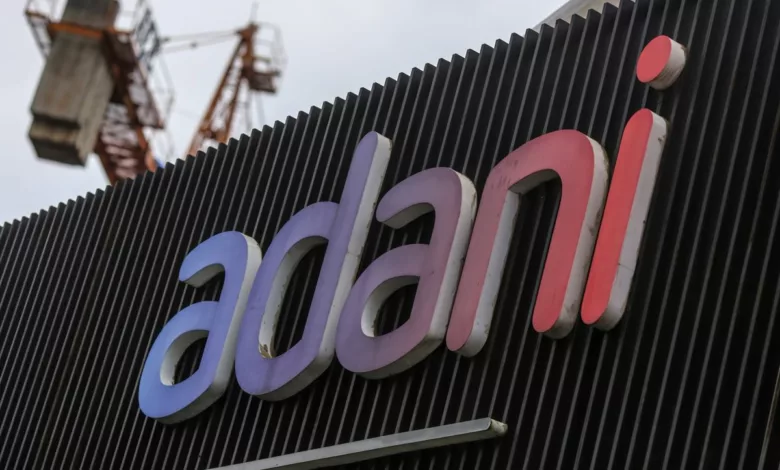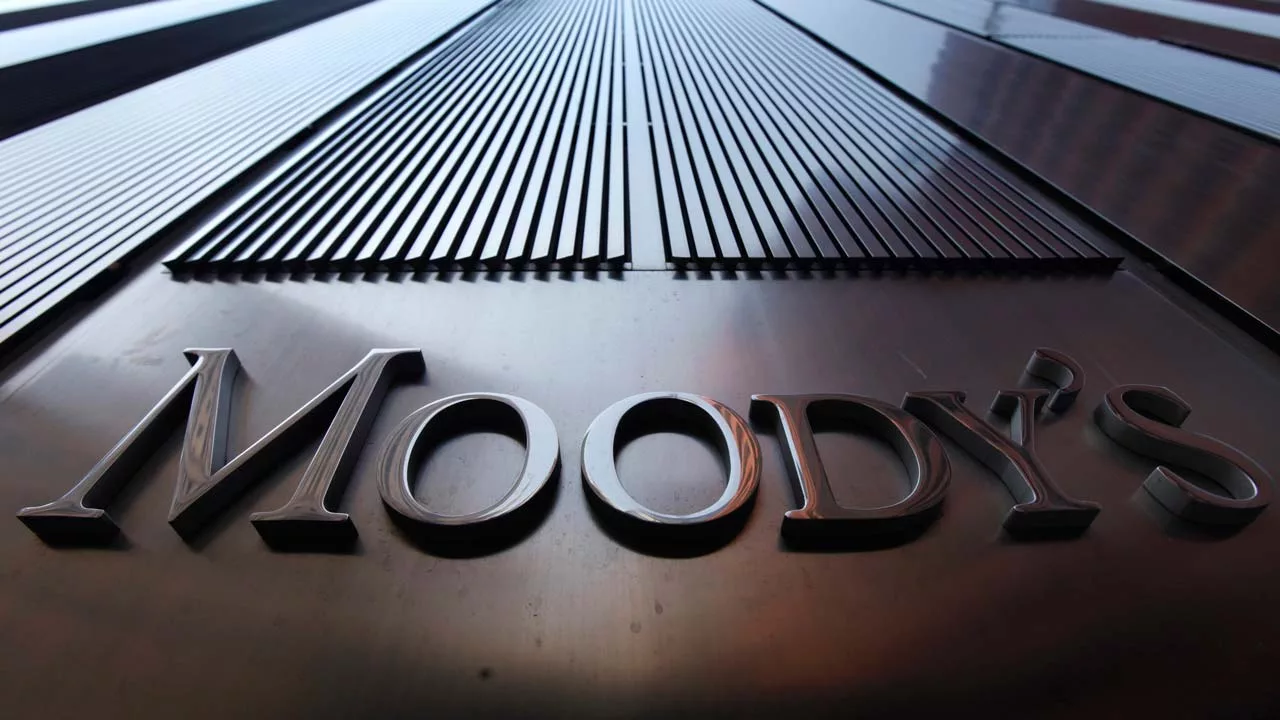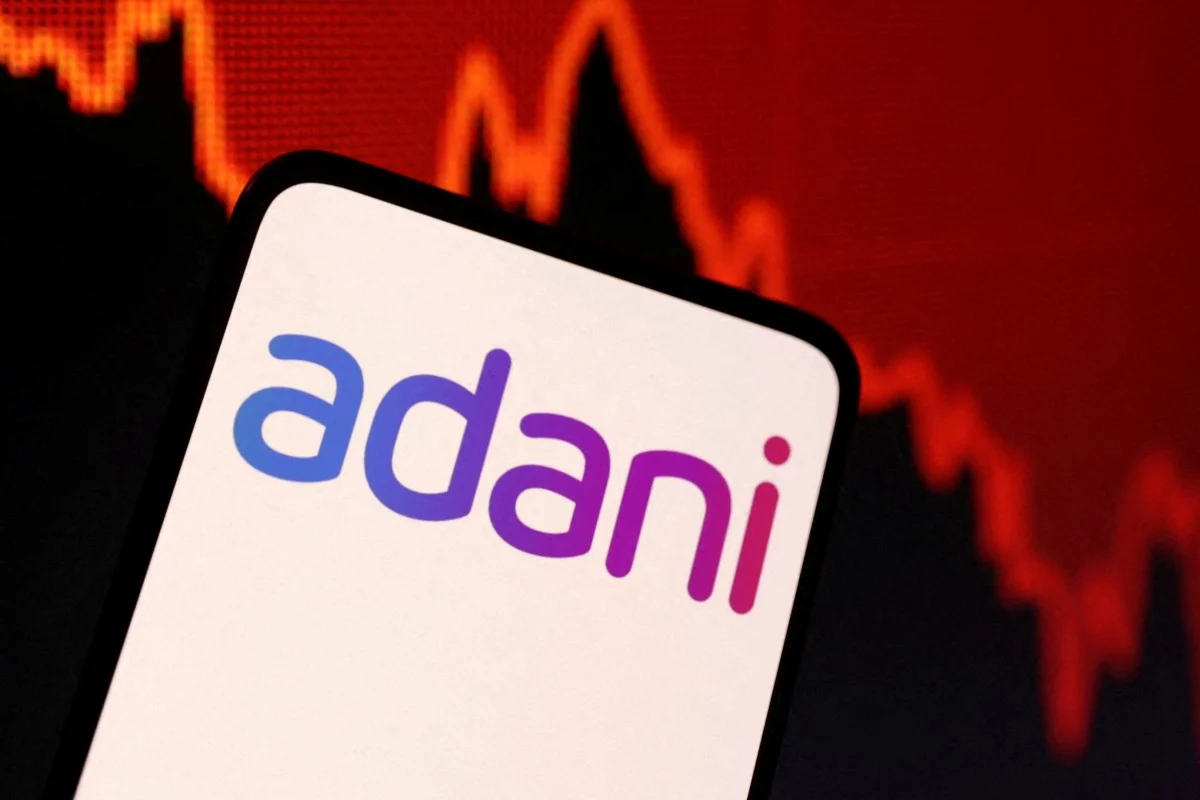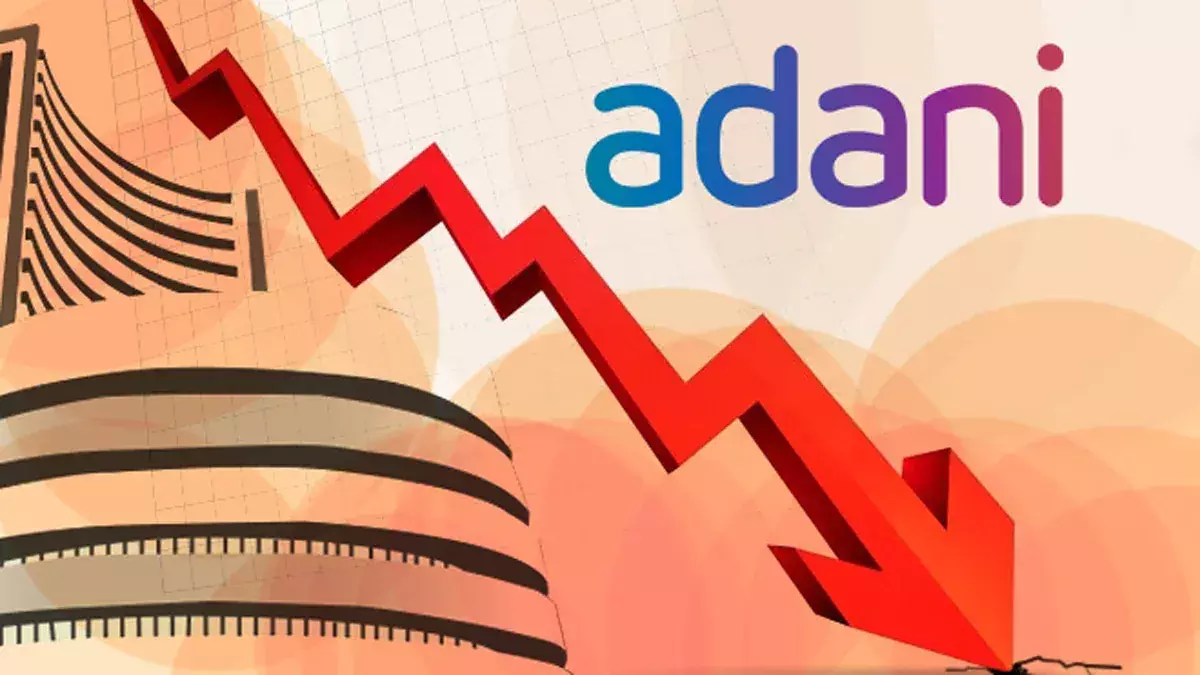Moody’s Analytics changes outlooks of 4 Adani firms to negative after the Hindenburg chaos
After the Hindenburg incident, the Adani group has suffered massive loss. Another toll takes on the Gujarat-based conglomerate where four of his groups are rated as 'negative'. Why are the change in ratings significant?

After the Hindenburg report was released about the Adani Group, Moody’s Investors Service downgraded Adani group’s platform status to negative from stable. The same is seen for Adani green energy (AGEL), where the rating outlook has changed from stable to negative, but the Ba3 ratings have stayed the same.
The outlook of the Adani Green energy-restricted group, including the Adani Transmission Stp-One and Adani electricity has been stepped down to negative.
The ratings have been changed due to the company’s capital spending program and its high dependence on the support of the sponsors, especially in the form of subordinated debts or shareholder loans. Moody Analytics has mentioned that there is uncertainty in the performance of the Adani Group because of the short-seller attack.
The negative outlook has been due to the company’s need for refinancing of around 2.7 billion USD ending in the fiscal year 202. The funding has been limited in credit metrics causing an increase in its cost of funding.
The downgrade of Adani transmission from stable to negative indicates the group’s credit metrics related to the minimum levels of tolerance according to Moody’s. The decision suggests that the group has a limited ability to withstand an increase in the cost of funding or declining properties of funding.
The changing outlook by Moody analytics in the Adani Electricity Mumbai reflects the reduced access to funding and the group’s reduced ability to manage funding costs.

Moody’s has maintained the Adani ports, Adani International Container Terminal, and Special Economic Zone stable rating.
Moody’s has kept its grade since the business can grow cash in consecutive months. Furthermore, these companies can realign the plans of capital spending in times of a fall in liquidity.
After stock prices plunged in response to the Hindenburg report, the global rating corporation highlighted that it is doing a detailed investigation of the Adani Group’s overall rating, including criteria like the flexibility of the firm, liquidity, and the Adani Group’s position.
Ten of the Adani groups listed on the stocks have liabilities totaling 3.39 trillion rupees or 41.1 billion USD. The QUICK FactSet was used to gather the data. ACC, Ambuja Cements, and New Delhi Television are the companies that increased the liability. Gautam Adani acquired the three businesses listed above in 2022.
According to reports from the International Monetary Fund, India’s nominal GDP totaled 273 trillion rupees. It suggests that 1.2 percent of the Indian economy’s total GDP is attributable to Adani’s debt.
The 10 Adani groups have been assessed to have combined equity amounted to 25%. One of Adani’s businesses,
Adani Green Energy had a ratio of 2 percent in March 2022.
Adani Group has continued to suffer under the pressure from the continuous attempts to win back investors.
Even after some banks backed out of refinancing the debt of the Gujarat-based conglomerate after the Hindenburg report on the company that sent its stocks plunging, the Adani group decided to prepay its debt worth 500 million USD.

The Adani group received 4.5 billion USD in debt from Barclays PLC, Standard Chartered Bank, and Deutsche Bank AG last year to move forward with the acquisition of Holcim Ltd. According to those with knowledge of the situation, the banks were negotiating to refinance the debt a week before the damning report surfaced.
Representatives of the respective banks have made no comments on the matter.
Sources have mentioned the group has hired an active defense law firm Watchell, Lipton, Rosen, and Katz, to contest the allegations of the Hindenburg report.
What could be the impact of Moody Analytics on the Adani group in India?

The reports provided by Moody analytics can have a drastic impact on India. It can lower the nation’s weight in MSCI Asia or the Emerging Market Indexes by 20 or 30 points. It can even lead to an outflow of 1.7 billion USD by the tracker funds, Goldmann and Sachs group.
The Supreme Court of India has set up a meeting against the Hindenburg report and the loss of investors because of the incident.
DY Chandrachud, the Chief Justice of India, has stated that deciding how to protect the investors is integral. He has addressed that the middle class takes part actively in the stock market. to protect the interests, the SEBI needs to look into different regulations.
MSCI has mentioned that it plans to reduce the index weighings of Adani’s Total Gas and Adani Transmission.
The four companies attributed 0.4 percent of the weight to the emerging market index. The lower free floats will allow the investors to sell their stocks, lowering errors. Sources have estimated that there would be a valuation of 570 million USD to be sold by the passive funds.
edited and proofread by nikita sharma




